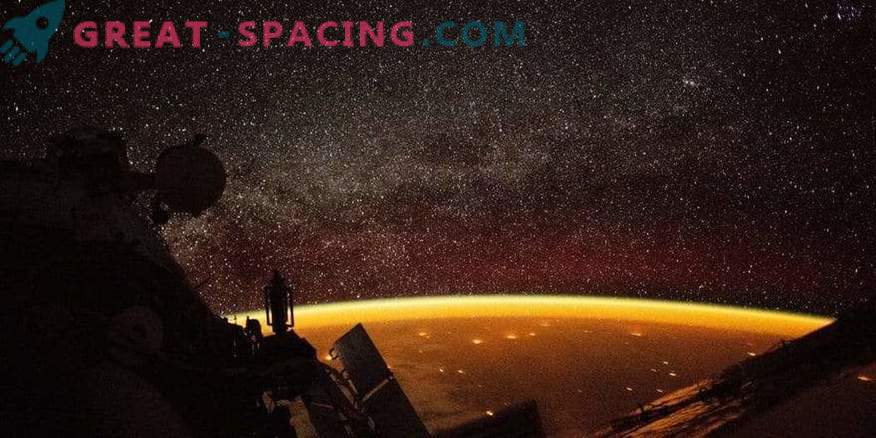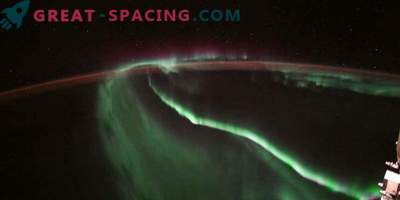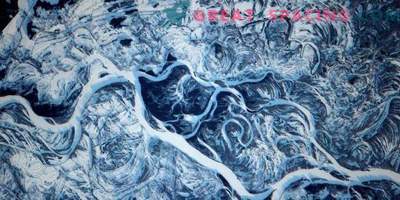
On October 7, 2018, an astronaut from the International Space Station (ISS) received a photo of the Earth in orbit at an altitude of more than 250 miles above Australia.
The orange shade surrounding our Earth is known as air-light streaks of light extending 50-400 miles in the atmosphere. Usually, this phenomenon occurs when molecules (mainly nitrogen and oxygen) are activated by ultraviolet (UV) radiation from sunlight. To produce such energy, atoms in the lower atmospheric layer collide and lose energy in the process. As a result, a bright glow is formed. The glow shows the “top” of the earth's atmosphere. Such observations will help scientists learn more about the movement of particles on the border of the Earth and space, including the connections between space and earth weather. You can explore the phenomenon with the help of satellites. For example, NASA’s ICON satellite will help researchers understand the physical processes by which the Earth’s atmosphere is in contact with near-Earth space.











































